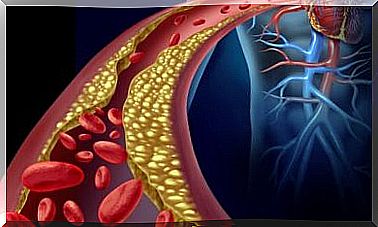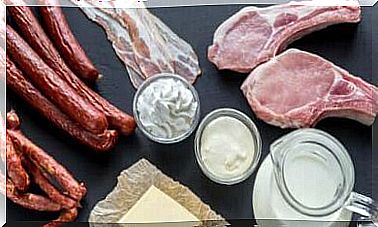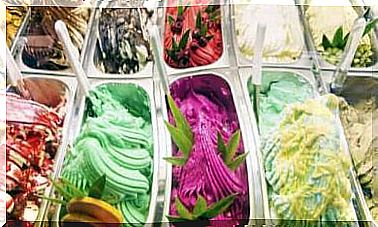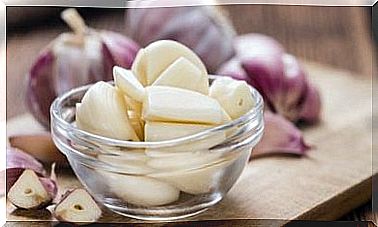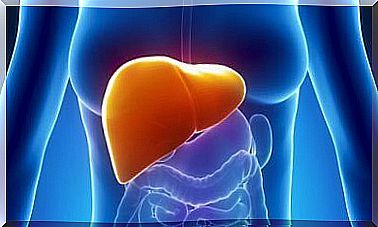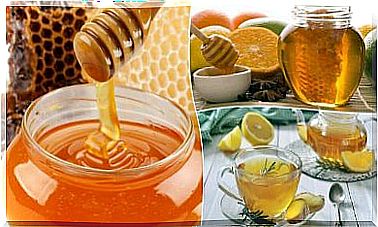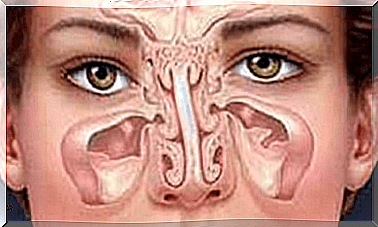What Is A Nasogastric Feeding Tube?
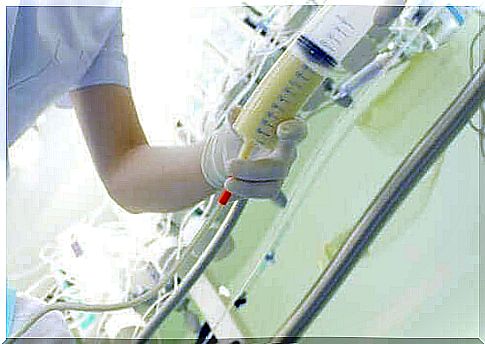
A nasogastric intubation consists of the insertion of a nasogastric feeding tube, also called a nasogastric tube. This is in fact inserted through the nose of a patient and goes through the esophagus to the stomach.
These probes are usually made of PUR or special plastic and are very handy and helpful when it comes to feeding people who cannot chew or swallow (well enough).
In today’s article, we would like to explain some of the major uses of a nasogastric feeding tube, as well as required maintenance and potential complications.
What is a nasogastric feeding tube for?
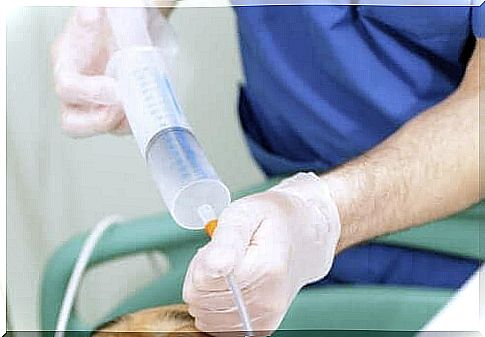
As we mentioned above, this tube is a way to feed a patient who cannot eat (enough). It brings the food directly to the stomach without the patient having to chew or swallow.
However, it does not help them to absorb the food in the intestine, but above all facilitates the intake. A nasogastric feeding tube is often used in patients with metabolic and gastrointestinal disorders.
- In addition, doctors use them for people with certain mental disorders, such as eating disorders.
- They are also useful in severe cases of malnutrition or prematurity.
- Nurses can also administer medicines through it.
A nasogastric feeding tube can also drain the stomach contents if necessary, although a gastric siphon (with a larger diameter) is preferred for this. Doctors do this:
- if there is an obstruction in the digestive tract.
- in poisoning situations.
- to empty a patient’s stomach before receiving anesthesia.
Insertion of a nasogastric feeding tube should only be done by a trained physician or nurse qualified to perform these types of procedures. In exceptional cases, patients or their families may receive appropriate training to allow them to independently insert the probe and maintain the device.
How do you use a nasogastric feeding tube?
Some of the patients also need a nasogastric feeding tube at home, so they need to know how to take care of it at home. For example, they need to know how to keep the outer part clean.
- For this, they need a gauze moistened with warm water and mild soap.
- Then they have to wipe and dry the tube so that it is clean and dry.
Usually a little water is administered after each meal or medication administration. This is about 5 to 10 ml. In addition, they should check a few times a day that the tip of the probe is still in the right place. To do this, the markings on the probe can be checked.
Clogged nasogastric feeding tubes should be replaced immediately. While there may be a family member with the proper training to do this, it is always best to consult a doctor or nurse.
Tips
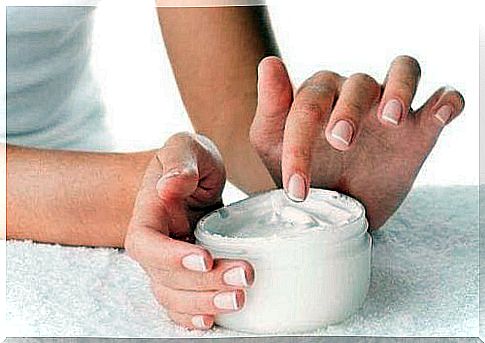
People who use a nasogastric tube should pay close attention to the nose and pharynx. It is best to switch nostrils after a few weeks. This is important to alternate contact with these body parts to avoid irritation and tissue problems.
In addition, the probe should be moved from time to time. If the patient cannot do this every day, the person caring for the patient should at least do this daily if the probe is dirty or if the surgical tape is no longer in place.
Also, the person responsible for tube maintenance and tube feeding should clean the patient’s nostrils every day with a damp cotton swab.
Another point to consider is proper oral hygiene habits. These should always be continued. Even if a person does not chew or drink, they should brush their teeth and tongue at least twice a day.
In addition, it is important to regularly apply a moisturizer to the nose and lips, because the facial skin is quite sensitive. The tape that anchors the nasogastric feeding tube often leads to irritation and the use of lotion can reduce this irritation.
What are the most common complications?
While a nasogastric feeding tube is very helpful, some complications can arise. For example, it can lead to nasal injury to the inside of the nasal cavity. So, as we mentioned above, the position of the nasogastric tube should be changed regularly. You should also disinfect and wash the area.
When an obstruction occurs, you can try to clear it by spraying warm water through the probe. The doctor should be informed as soon as possible if the blockage cannot be cleared. In any case, you can avoid most problems by spraying some water through it after each feeding.
Another common complication is that the nasogastric tube comes out. This may or may not be accidental – some patients find a nasogastric tube quite annoying. But whatever the reason, you should still report it to the doctor or nurse.
Nausea and vomiting are side effects that are quite common, especially if a patient is not properly positioned during a bolus administration. That is a certain amount of food in one go. To avoid these complaints, it is best for the patient to lie in a position of 45°.
Conclusion
Finally, we can say that a nasogastric feeding tube is a widely used tool. However, you should always follow your doctor’s instructions. Remember that it is very important to know how to use and maintain a nasogastric tube. So always consult a specialist if you have any questions or if complications arise.

